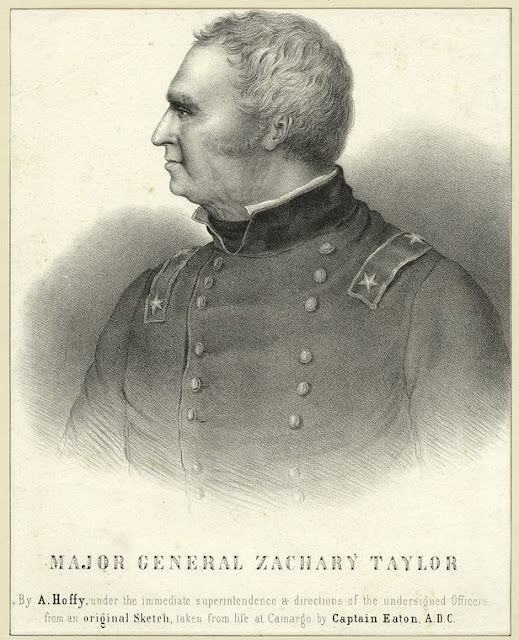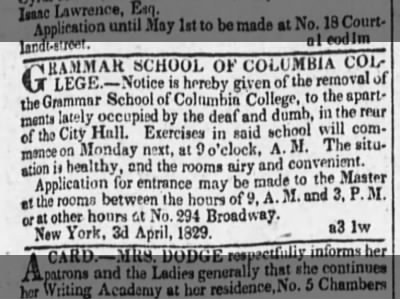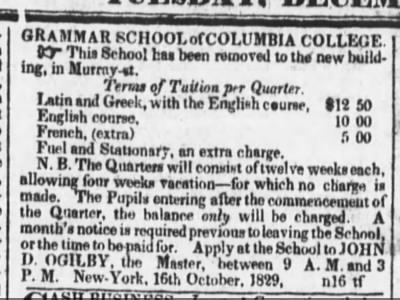 |
| [The upper falls of the Genesee at Rochester N.Y. from the east.] via The New York Public Library Digital Collections |
As part of summer reading, “Mardi”, one of Herman Melville’s pre-”Moby Dick” titles, is enjoyable. Set in the South Seas, Melville describes the charming island arbors and archipelagos. On page 359, a description behind a watery bower, inside a sheet of water like “the Falls of the Genesee.” A surprise!Agreed, Mardi makes fine summer reading. And it's a treat to find Melville's great third book commended anywhere outside of Melvilliana. But let's slow down and smell the flowers. In this particular chapter from the second volume of Mardi ("My Lord Media Summons Mohi to the Stand") Media drinks, Yoomy daydreams, and Mohi gets grilled on the big questions,"What are you?" and "what are men?" The island arbor where Melville's wanderers rest and talk has no real waterfall. The wonderful waterfall image is employed as a figure of speech. Technically, a simile using the word like. The simile here does not compare water to water, but rather plants to water. As described by Melville's narrator Taji, entering the fictional bower feels "like" stepping behind a waterfall (possibly the upper or "High Falls" at Rochester, though Melville does not specify exactly which "sheet" he means), one of the falls of the Genesee River in New York State. The fancied waterfall-effect is created by cascades of trailing vines that flow, or seem to, from gorgeously blossoming Tamarisk and Tamarind trees.
--David W. Parish - Livingston County News
Soon, we drew nigh to a charming cliff, overrun with woodbines, on high suspended from flowering Tamarisk and Tamarind-trees. The blossoms of the Tamarisks, in spikes of small, red bells; the Tamarinds, wide-spreading their golden petals, red-streaked as with streaks of the dawn. Down sweeping to the water, the vines trailed over to the crisp, curling waves,—little pages, all eager to hold up their trains.
Within, was a bower; going behind it, like standing inside the sheet of the falls of the Genesee.
In this arbor we anchored. And with their shaded prows thrust in among the flowers, our three canoes seemed baiting by the way, like wearied steeds in a hawthorn lane.In the passage cited by David W. Parish, Melville takes us to one of his favorite imaginary places, a shady retreat, where imaginary characters engage in some of Melville's favorite activities: drinking, smoking, daydreaming, and philosophizing. It's only like being behind a waterfall in upstate New York. Here Melville's idealized "arbor" or "bower" lies behind a figurative waterfall of flowering woodbine.
--Mardi: And a Voyage Thither
 |
| Woodbine Honeysuckle via The Garden Helper |
MARDI
Think of the time when we ran up and down in our arbor, where the green vines grew over the great ribs of the stranded whale. --Mardi: And a Voyage Thither
Conducted to the arbor, from which the queen had emerged, we came to a sweet-brier bower within; and reclined upon odorous mats. --Mardi: And a Voyage Thither
Sang Yoomy:—REDBURN
Her bower is not of the vine,
But the wild, wild eglantine!
Not climbing a moldering arch,
But upheld by the fir-green larch.--Mardi: And a Voyage Thither
Our binnacle, by the way, the place that holds a ship’s compasses, deserves a word of mention. It was a little house, about the bigness of a common bird-cage, with sliding panel doors, and two drawing-rooms within, and constantly perched upon a stand, right in front of the helm. It had two chimney stacks to carry off the smoke of the lamp that burned in it by night.
It was painted green, and on two sides had Venetian blinds; and on one side two glazed sashes; so that it looked like a cool little summer retreat, a snug bit of an arbor at the end of a shady garden lane. Had I been the captain, I would have planted vines in boxes, and placed them so as to overrun this binnacle; or I would have put canary-birds within; and so made an aviary of it.... --Redburn: His first VoyageWHITE-JACKET
...one glimpse of a bower of grapes, though a cable's length off, is almost satisfaction for dining off a shank-bone salted down. --White-JacketMOBY-DICK
There’s naught so sweet on earth—heaven may not match it!—as those swift glances of warm, wild bosoms in the dance, when the over-arboring arms hide such ripe, bursting grapes.--Chapter 40 - Midnight, Forecastle
Chapter 102 - A Bower in the ArsacidesPIERRE
After seeing Lucy into her aunt's most cheerful parlor, and seating her by the honeysuckle that half clambered into the window there; and near to which was her easel for crayon sketching, upon part of whose frame Lucy had cunningly trained two slender vines, into whose earth-filled pots two of the three legs of the easel were inserted....
--Pierre; Or, The Ambiguities
Villain!—the vines! Thou hast torn the green heart-strings! Thou hast but left the cold skeleton of the sweet arbor wherein she once nestled! Thou besotted, heartless hind and fiend, dost thou so much as dream in thy shriveled liver of the eternal mischief thou hast done? Restore thou the green vines! untrample them, thou accursed!—Oh my God, my God, trampled vines pounded and crushed in all fibers, how can they live over again, even though they be replanted! --Pierre; Or, The Ambiguities
...and she fell upon Pierre's heart, and her long hair ran over him, and arbored him in ebon vines. --Pierre; Or, The AmbiguitiesTHE PIAZZA TALES
... and a trellis, with honeysuckle, I set for canopy. --The PiazzaCLAREL
As were Venetian slats between,
He espied him through a leafy screen,
Luxurious there in umbrage thrown,
Light sprays above his temples blown—
The river through the green retreat
Hurrying, revelling by his feet.
--Clarel 2.27 - Vine and Clarel











